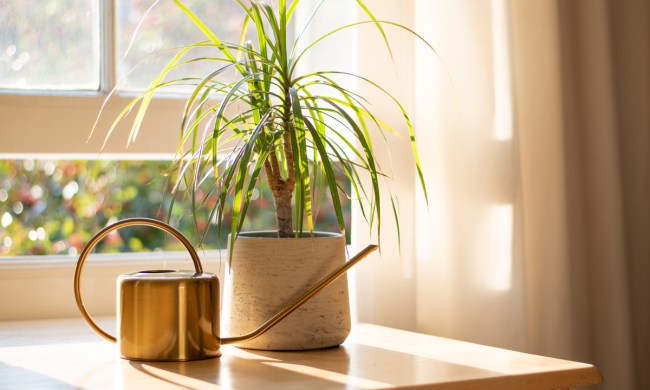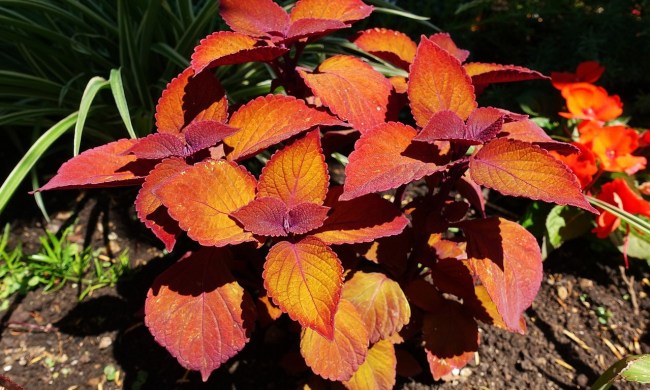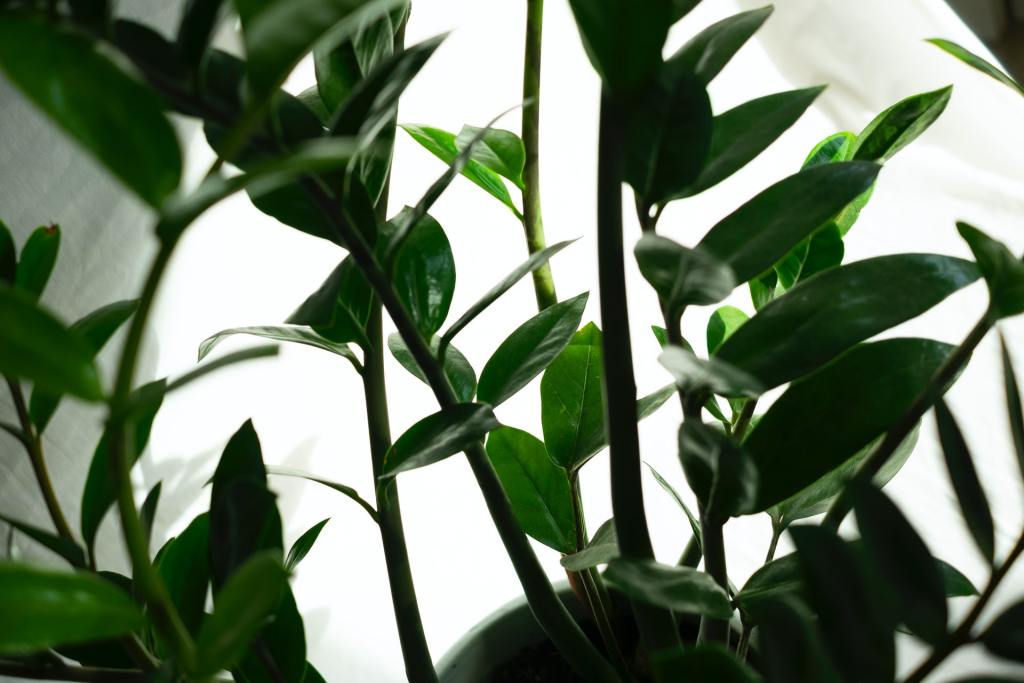
ZZ plants are beautiful exotic houseplants grown primarily for their glossy leaves. These plants are known for being incredibly easy to care for, too, which can make it all the more shocking when their lovely foliage starts to turn yellow. If you’ve noticed this problem with your ZZ plant, we’re here to help! ZZ plant yellow leaves can be easy to treat, especially if you catch it early. Here’s what you need to know.
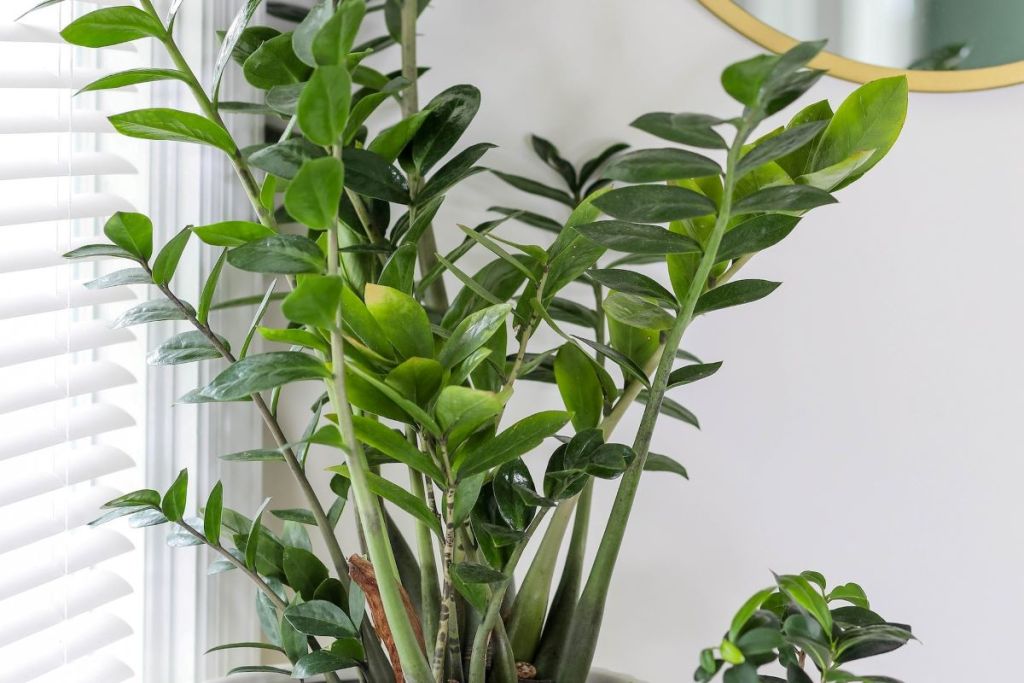
What causes yellow leaves in ZZ plants?
The most common cause of a ZZ plant’s leaves turning yellow is incorrect watering. Underwatering can cause yellow leaves, but this is significantly less common than overwatering, as ZZ plants are quite drought tolerant. Overwatering can lead to root rot, a condition caused by bacteria or fungi that thrive in wet soil. This infection eats away at the roots, causing the plant to suffer.
Other less common reasons for your ZZ plant’s leaves to turn yellow are sun damage and improper nutrients. Both over-fertilization and under-fertilization can cause yellowing leaves. Luckily, it's usually easy to determine the cause or causes of the yellow leaves by going through your ZZ plant care checklist:
- How wet is your plant’s soil?
- Is your plant in direct light?
- How often do you fertilize your plant?
- What kind of fertilizer are you using?
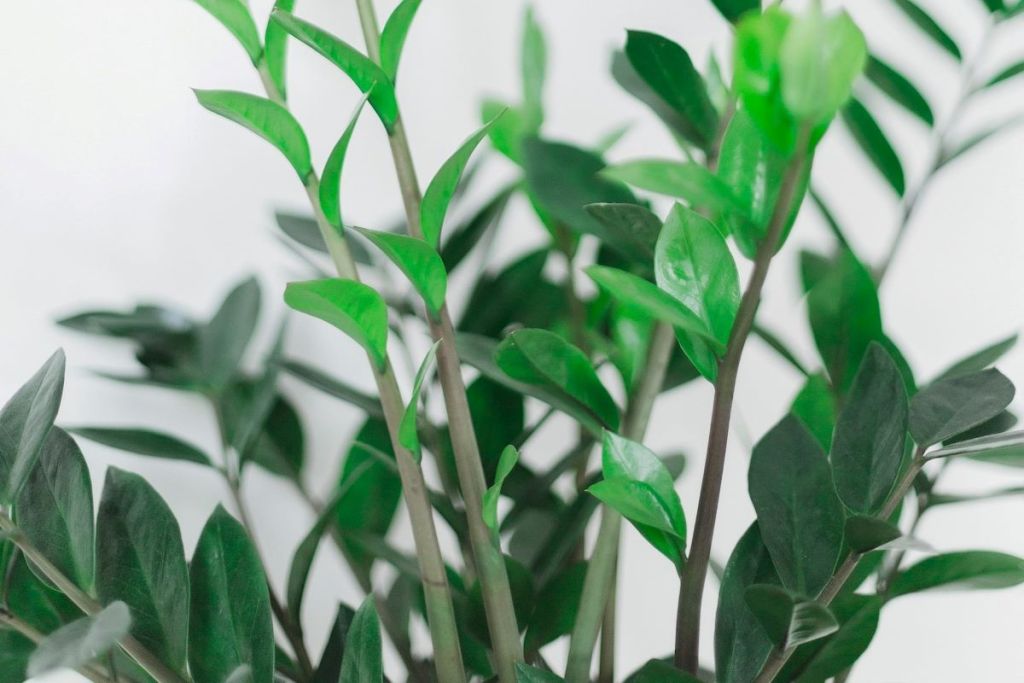
Fixing yellow leaves
Once you narrow down the cause, here’s how to fix the problem:
Step 1: Check your ZZ plant’s roots for root rot and trim away any black or brown roots.
Healthy roots should be whiteish and firm. Any roots that are dark and squishy are rotting. Cut these off with a pair of sterilized scissors to keep the infection from spreading.
Step 2: Replant your ZZ plant in a new pot with fresh, dry soil.
Replanting helps an overwatered plant recover from the wet soil, and it also provides a clean slate for an over-fertilized ZZ plant. You may also notice your ZZ plant was root bound. Since ZZ plants require little care, they can go for longer stretches without repotting, leading to cramped roots.
Step 3: Fertilize your ZZ plant with a balanced, water-soluble fertilizer once a month to every other month.
If your ZZ plant was suffering from over-fertilization before, you may want to consider diluting your fertilizer further or using a weak or gentle fertilizer.
Step 4: Place your ZZ plant in indirect light or shade, not direct light.
Step 5: Water your ZZ plant.
Using these quick tips, you should be able to reverse the cause of your ZZ plant’s yellow leaves and revive your plant. The leaves that are already yellow will not turn green again, so you remove them from the plant. ZZ plants can be irritating to the skin, so wear gloves when removing the leaves. Now your ZZ plant should be happy and healthy again!

